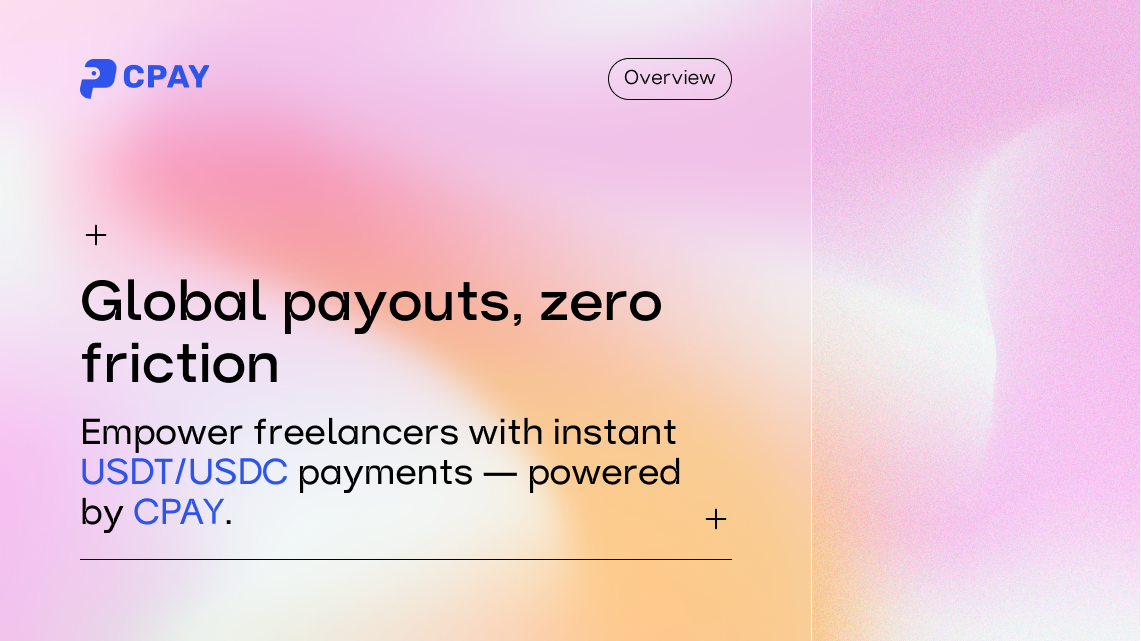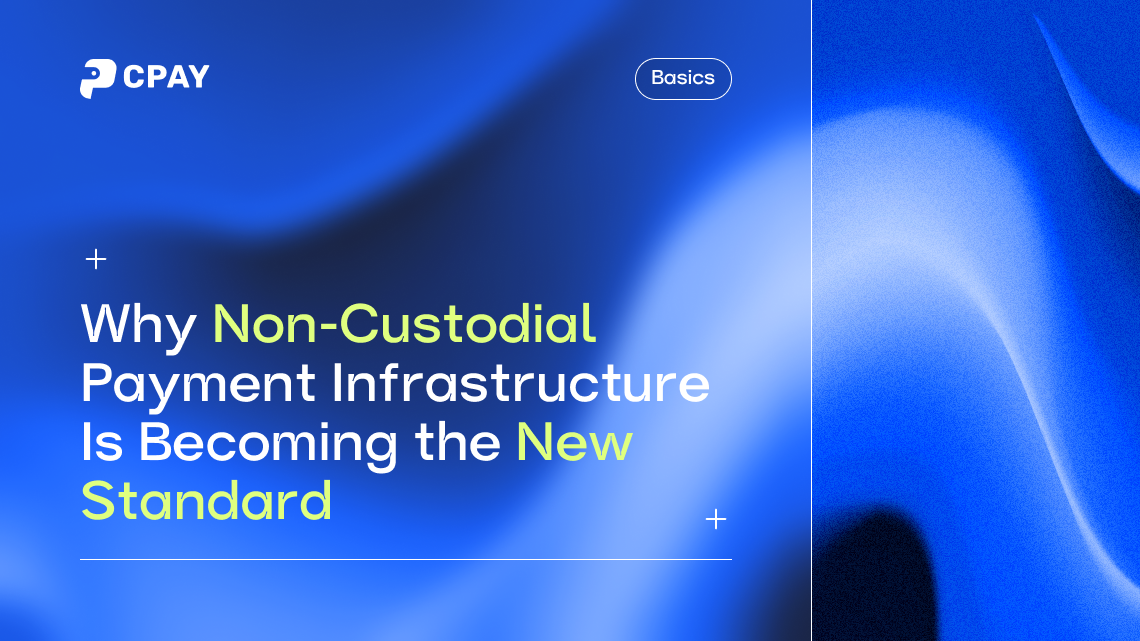In the last few years, freelance platforms and digital marketplaces have faced a growing challenge: how to pay global talent quickly, cheaply, and reliably.
Traditional payment systems — from SWIFT to PayPal — were not designed for the on-demand digital economy. Transfers take days, fees can exceed 5–10%, and many countries still face currency conversion restrictions.
At the same time, remote work has gone borderless. Designers from Argentina, developers from Vietnam, and marketers from Nigeria now work for companies in the U.S., Europe, and Asia — often through platforms like Fiverr, Upwork, and Deel. But the payments still move through old rails.
That’s where stablecoins like USDT and USDC step in.
Why stablecoins solve real problems
Stablecoins combine the global reach of crypto with the stability of fiat. They’re pegged 1:1 to the U.S. dollar and can move across blockchains in seconds.
For digital marketplaces and freelance platforms, this means:
- Instant cross-border payouts: funds arrive in minutes instead of days.
- No hidden currency conversion fees: freelancers get paid directly in USD value.
- Accessible anywhere: all that’s needed is a crypto wallet — no bank account required.
- Transparent and programmable: payments can be automated through APIs or smart contracts.
In practice, platforms use stablecoins to replace complex payment chains with a single digital transfer. A company can send USDC to hundreds of freelancers worldwide instantly — whether they’re in Ukraine, India, or Kenya — without worrying about banking intermediaries or compliance bottlenecks.
Marketplaces adopting crypto payouts
Freelance and creator platforms are already integrating stablecoin payments as a competitive advantage.
Some offer crypto wallet integrations where freelancers can receive payments directly to their on-platform balance in USDT or USDC. Others use crypto payment APIs that settle in stablecoins but allow clients to fund balances via credit cards or bank transfers.
The result is a hybrid model: clients pay in fiat, the platform converts to crypto, and freelancers withdraw instantly.
Platforms benefit from lower operational costs and better liquidity, while users enjoy faster settlements and global access to their earnings.
Beyond speed: new models emerging
With stablecoins, marketplaces can go beyond simple payouts. They can launch:
- On-chain loyalty programs that reward top freelancers with tokenized bonuses.
- Instant escrow releases via smart contracts once milestones are met.
- Affiliate reward systems with transparent blockchain tracking.
This opens the door to a new generation of digital marketplaces — faster, cheaper, and borderless by design.
Compliance and conversion made simple
Modern crypto payment infrastructure, such as CPAY, allows platforms to integrate stablecoin settlements without dealing with complex blockchain setups.
Through ready-made APIs, marketplaces can handle fiat-to-crypto conversions, automate on/off-ramps, and remain compliant with AML/KYC standards.
Freelancers can then receive their funds in stablecoins, hold them securely in a wallet, or convert to local currency when needed — all in a few clicks.
The future of freelance payments
The freelance economy is projected to exceed $500 billion by 2030, and payment infrastructure will be its backbone.
Stablecoins like USDT and USDC are already redefining how digital marketplaces operate — offering speed, transparency, and freedom that traditional systems can’t match.
As crypto rails become standard for cross-border value transfer, platforms that adopt them early will gain a strong competitive edge — attracting global talent and reducing friction for everyone involved.
And with solutions like CPAY, the transition to crypto payouts is no longer a technical experiment — it’s a practical business upgrade.








